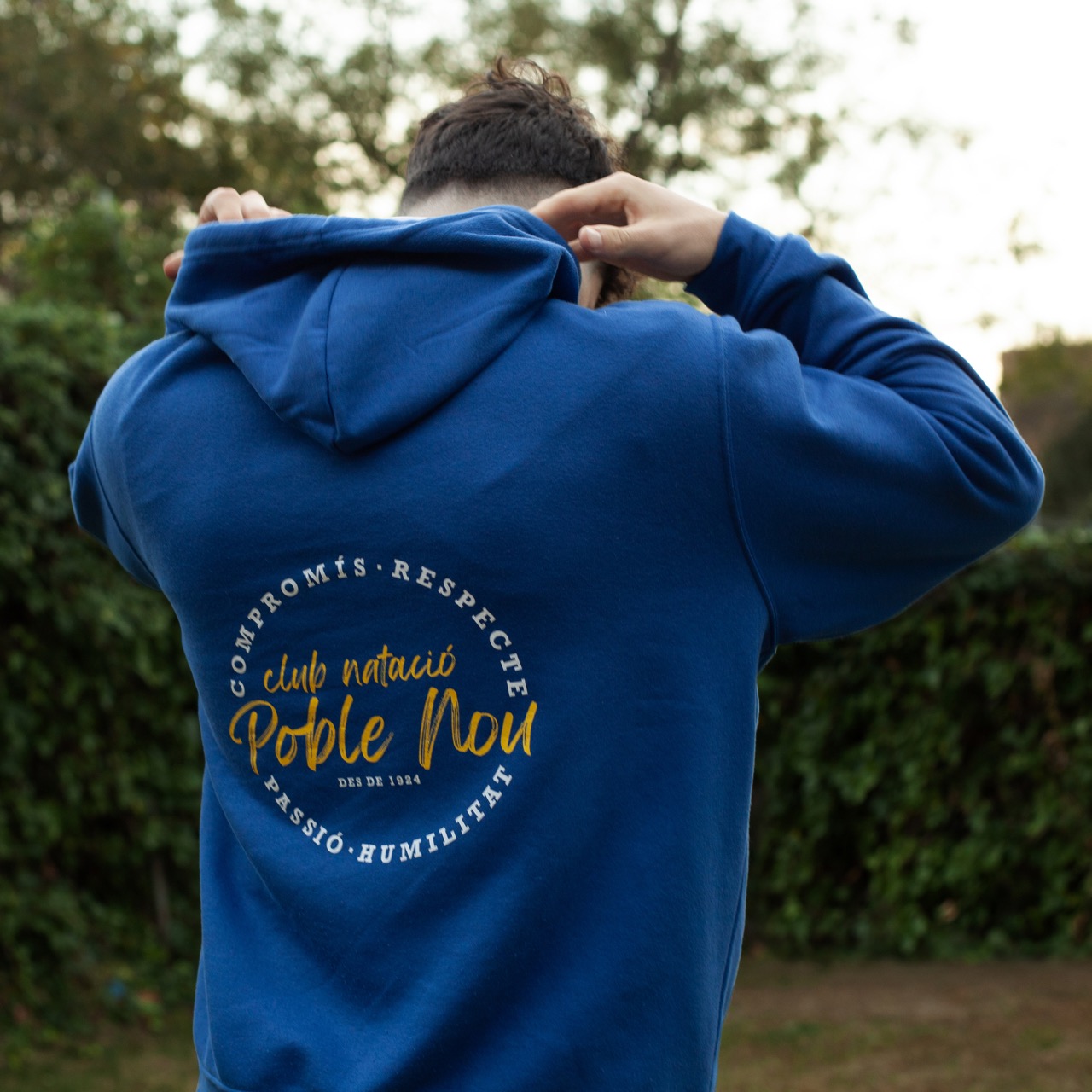History cnp
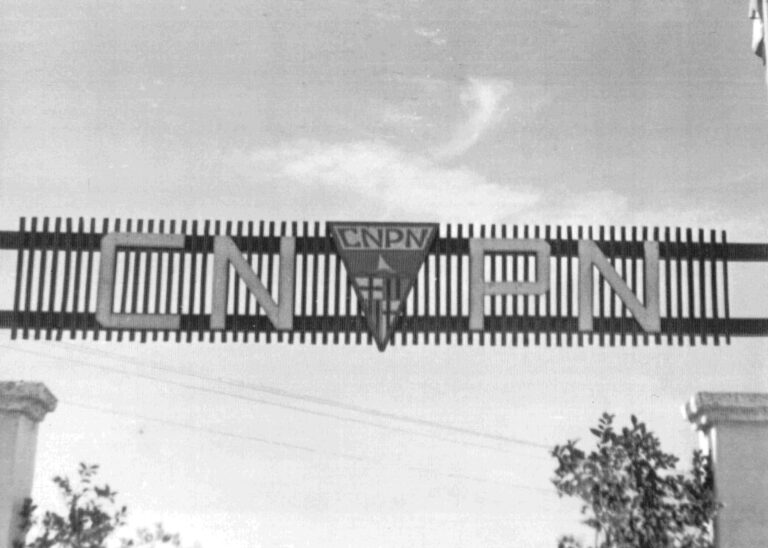
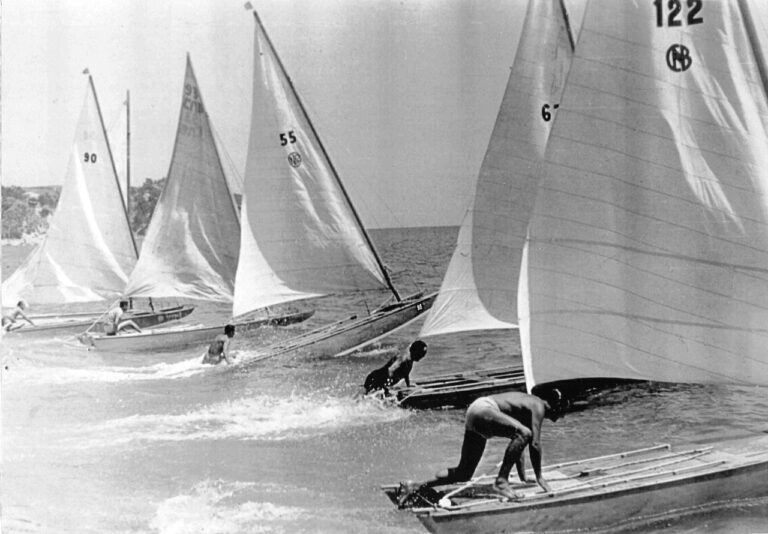
Origins and Foundation
Founded in 1924, CNPN began its journey as a group apassionada per la vela esportiva, laying the groundwork for a sports entity that would become a symbol for the Poblenou community. The club was established with the vision of providing a space for the practice and appreciation of water sports.
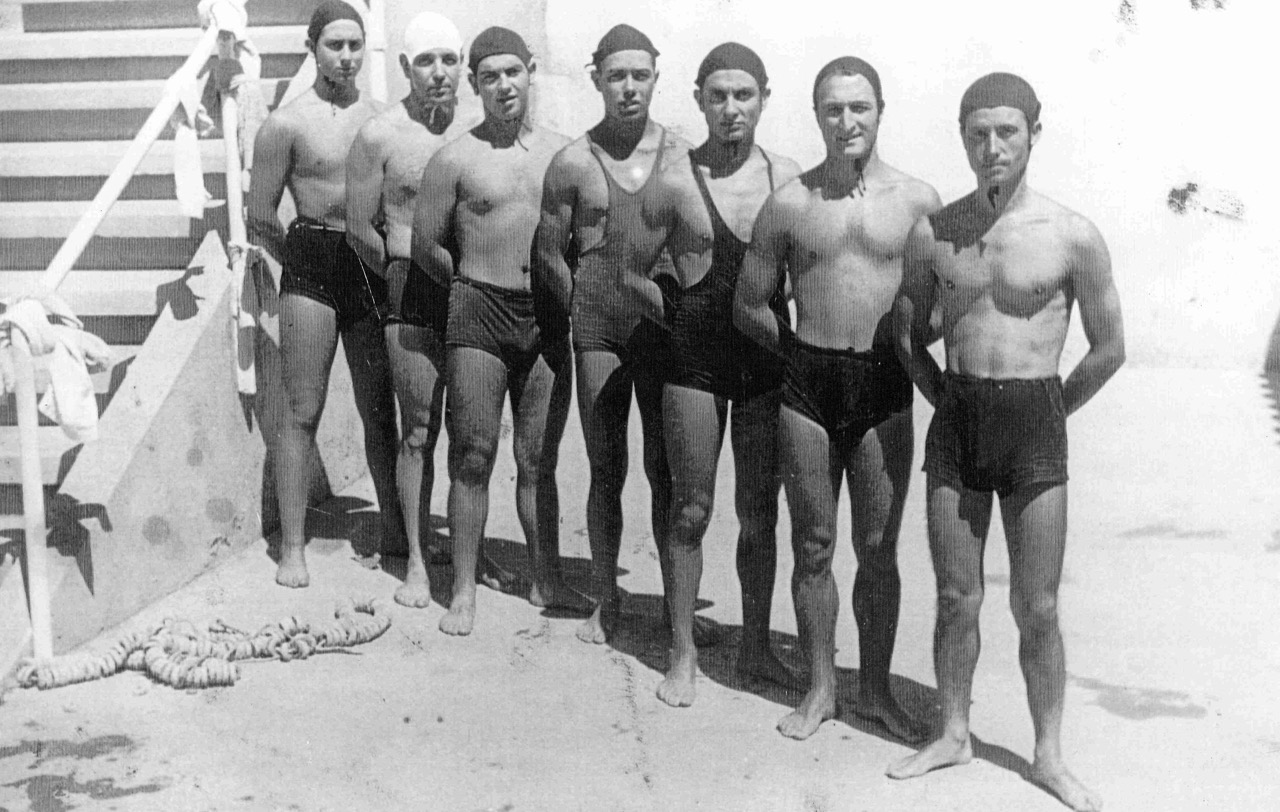
Overcoming Adversities
From its inception, CNPN faced numerous challenges, including the struggle for land to build its facilities against the destructive forces of the sea that repeatedly thwarted their efforts. This battle was particularly tough during the 1930s and 40s, where, despite hardships, the club persevered thanks to the unbreakable enthusiasm of its members.The Triumph of the Indoor Pool
The inauguration of the first municipal indoor pool in Barcelona in 1961, located in the Josep Trueta Gardens, marked a significant triumph for CNPN, heralding a new era for the club and the practice of swimming in the city.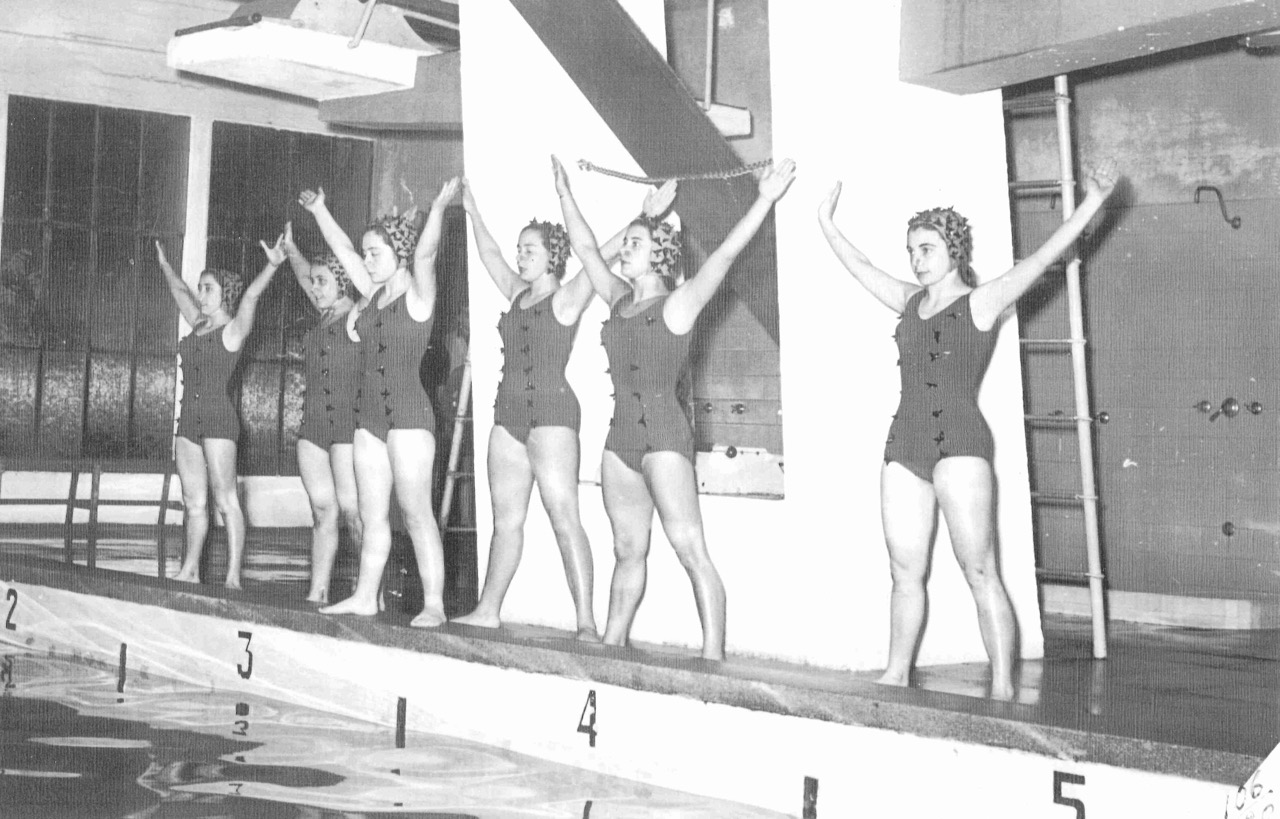
Merger and Expansion
The merger in 1939 with Olímpic Club, amidst the Spanish Civil War, unified two sports visions into one entity under the name CNPN. This strategic decision consolidated strengths and established the club as the sole entity of its kind in the Poblenou neighbourhood, expanding its sports offerings to swimming and sailing.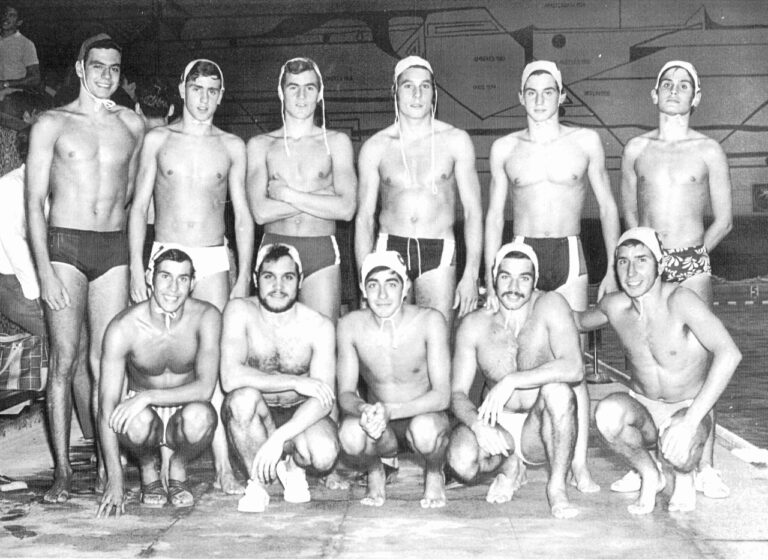
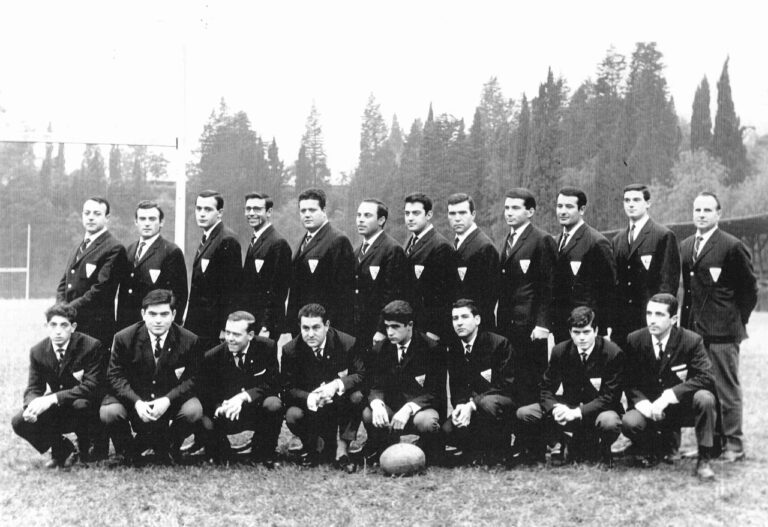
Sporting Successes
The club has been noted for its sporting excellence, achieving remarkable successes such as runners-up in the Spanish championships in 1973. Notable figures like Aurora Chamorro and the Ventura brothers have made their mark on the club in disciplines such as swimming and water polo. The rugby section, founded in 1952, has been particularly noteworthy, representing the club in national and international competitions with great success.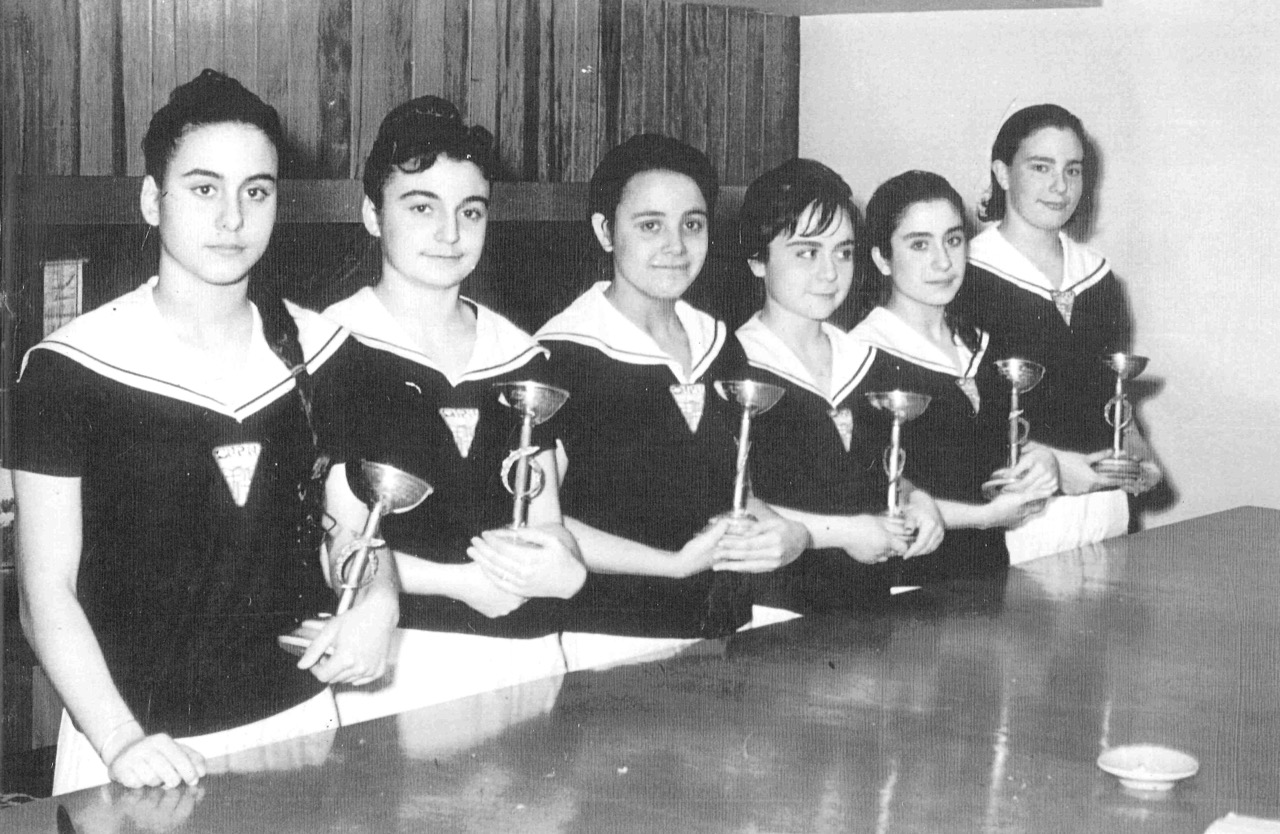
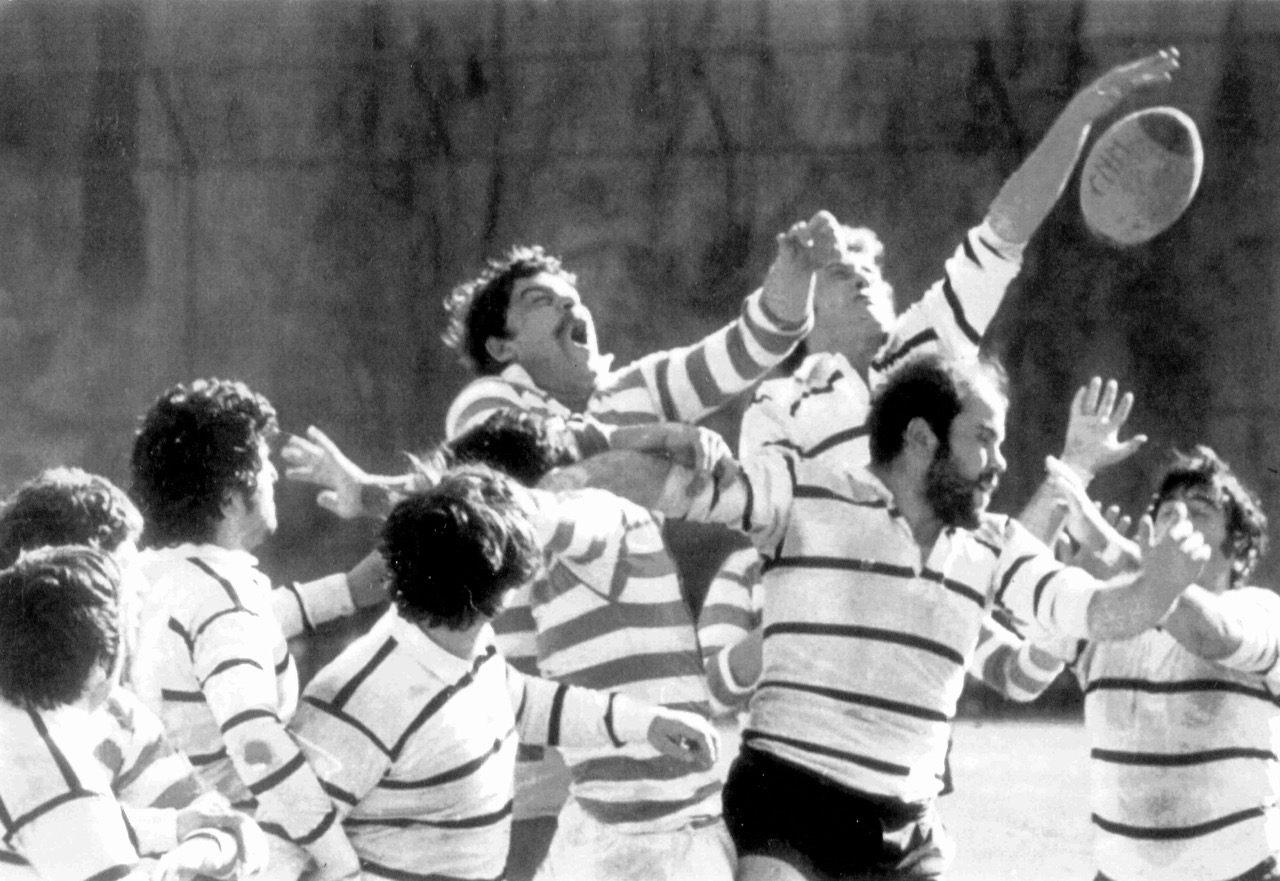
Years of Growth:
The Triumph of Can Felipa and La Mar Bella Management
When the Central de Acabados Textiles, SA (CATEX) factory closed in 1978, its owners wanted to demolish the old factory building and build housing on the entire site, but the Poblenou Neighbours’ Association, with support from neighbourhood entities, took advantage of the nascent democratic city council to ensure that part of the vast site became a public facility. On April 16, 1980, after lengthy negotiations, an agreement was signed to recover “CATEX for the neighbourhood”, and the old factory was transformed into the Can Felipa civic centre and sports complex.
With this transformation of the old CATEX factory into CEM Can Felipa in 1989and the subsequent management of the Municipal Pavilion of La Mar Bella, CN Poble Nou demonstrated its capacity for innovation and its commitment to offering top-class services and facilities for sports practice.
This dual management encouraged the club’s growth. In addition to the most representative sections, swimming and water polo, the club then had a broad pluralistic offering: athletics, rugby, handball, petanque, sport fishing, badminton, front tennis, triathlon, and diving.
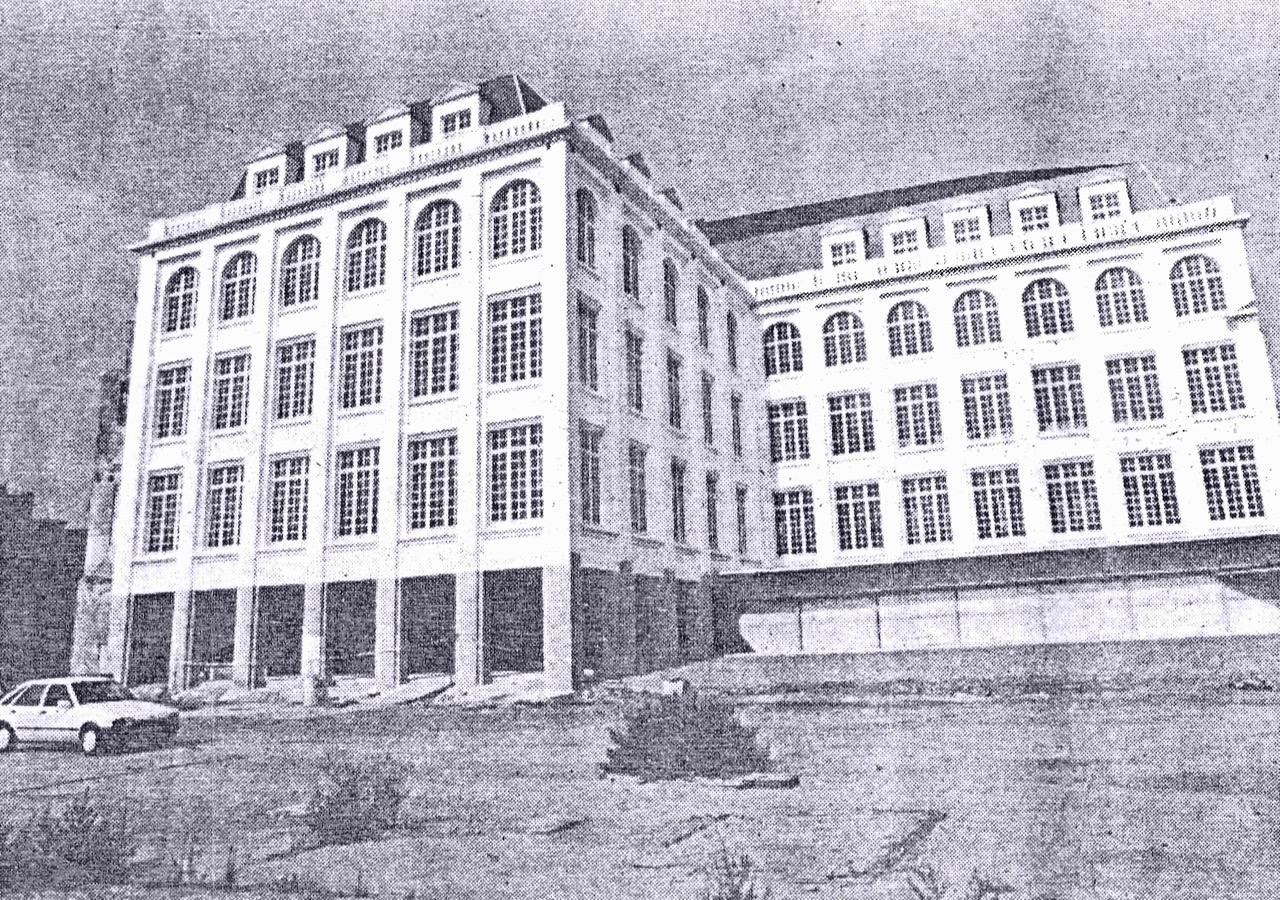
Contributions and Legacy
Today, Club Natació Poble Nou not only represents a meeting point for sport and community in the Poblenou neighbourhood but also stands as a testament to perseverance, excellence, and passion for sports and personal development.